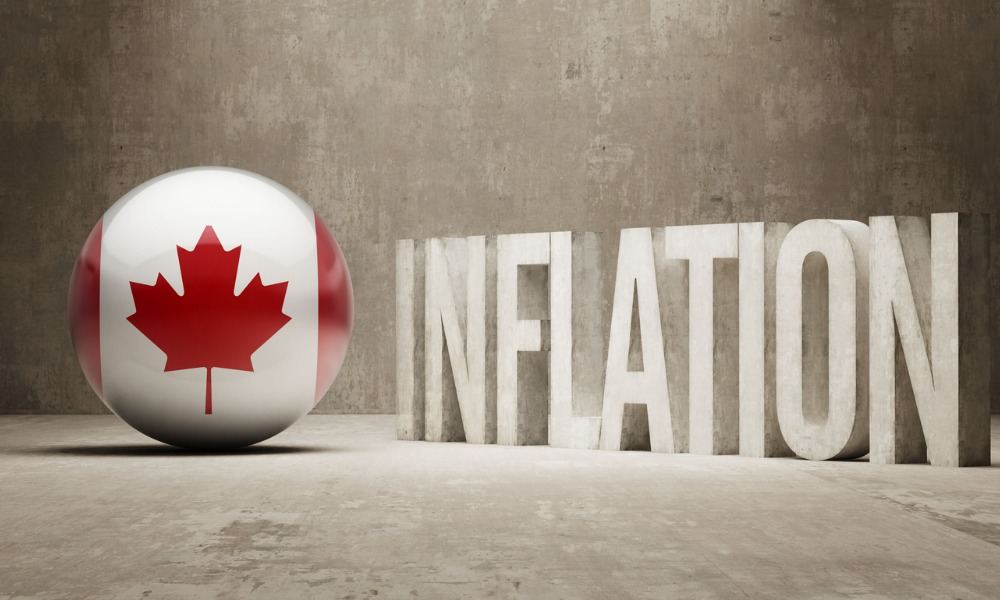While central bank aims to anchor expectations, economists argue it should bring rates into neutral range more quickly

In order to keep expectations anchored while unwinding stimulus in an overheating economy, Canada's central bank has taken the unusual step of issuing guidance on the path of interest rates, according to a recent report by Reuters.
However, experts argue the method, which is similar to the "forward guidance" adopted during the COVID-19 pandemic, may not work as effectively as intended. Instead, they say the central bank should bring rates closer to neutral and then halt.
"We need higher interest rates," officials at the Bank of Canada have said at least seven times in the previous ten weeks.
Governor Tiff Macklem has also speculated that the policy rate, which is currently at 1%, might rise to beyond 3%.
While rates remain stimulative, this policy flexibility, which was missing during the tightening cycle of 2017-2018, is meant to reduce demand.
"This is a more aggressive form of communicating that monetary policy accommodation needs to be removed. But the question is: Is it aggressive enough when inflation is at 6.7%?" said Royce Mendes, head of macro strategy at Desjardins Group.
In March, Canada's inflation rate hit a 31-year high, putting central bankers' credibility to the test as they try to manage price increases within a 1-3% range.
The biggest danger is that price increases will cause Canadians to lose faith in the target as inflation continues to grow.
The Bank of Canada has stated that what it is doing is not "forward guidance," a monetary policy tool that has only been used twice in the past and only in times of crisis. However, it acknowledged that the current approach differs from the customary practice of avoiding interest rate forecasts.
During the current tightening cycle, the Bank of Canada has increased its policy rate twice.
Nevertheless, at 1%, the rate is less than half of the neutral rate – the point where economic activity is neither stimulated nor limited, and hence remains quite stimulative to an already bubbly economy.
As a result, the Bank of Canada is being open about raising rates as a stop-gap measure to try to temper demand until it can move into the neutral range, which analysts estimate will take at least four months at this rate.
Nonetheless, other economists believe that actions speak louder than words, and that the central bank should raise its policy rate by 75 or possibly 100 basis points in upcoming meetings, followed by guidance to signify a pause.
"I'd rather they get there sooner rather than later and on an even more expedited path," Derek Holt, head of capital market economics at Scotiabank, said. "The economy's characteristics now say that you should already be at neutral, if not higher."



